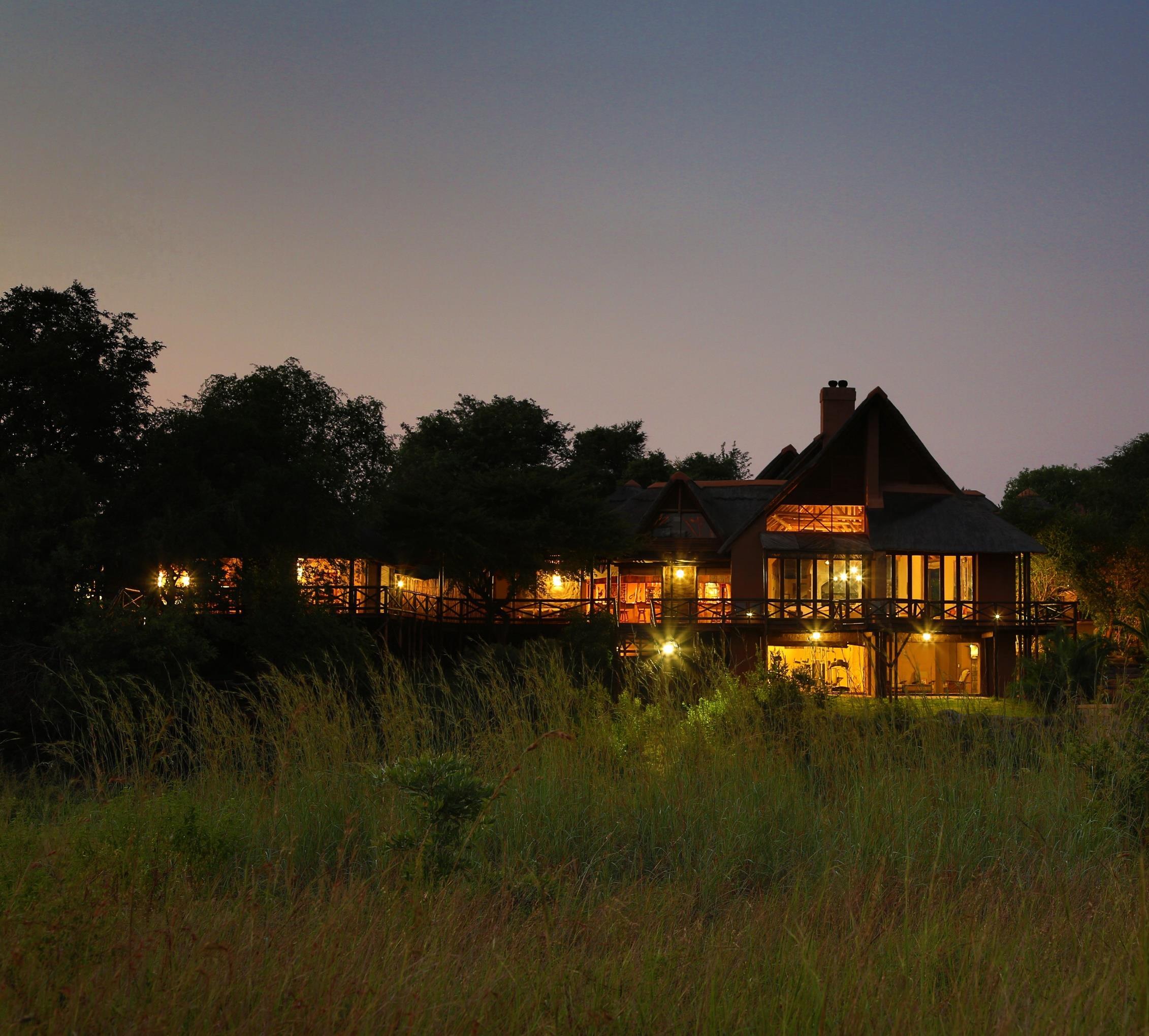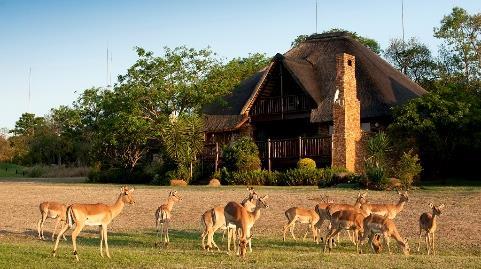.
T
he Cradle of Humankind, one of eight World Heritage Sites in South Africa, and the only one in Gauteng, is renowned as the place where humankind originated. It is here that the first hominid, Australopithecus, was found in 1924 at Taung in the North West Province by Professor Raymond Dart of the University of the Witwatersrand. And is one of the major tourist attractions in South Africa. The Cradle of Humankind area boasts 13 excavation sites that are recognised as national heritage sites, both internationally and by the South African Heritage Resources Agency. For those wanting to experience the birthplace of humankind firsthand, the official visitor centres for
the Cradle of Humankind, Maropeng and the Sterkfontein Caves, are a short drive from Johannesburg. Maropeng is a world-class exhibition centre that focuses on the development of humans and our ancestors over the past few million years. On arrival, visitors are met by what appears to be a massive burial mound, the entry point into the secrets of humankind’s beginnings. The Sterkfontein Caves, the site of the most longstanding, continuous palaeoanthropological dig in the world, are world-renowned for their fossil finds. These caves have produced the pre-human skull popularly known as “Mrs Ples,” and an almost complete hominid skeleton affectionately known as “Little Foot”.
Recently, the Cradle of Humankind unveiled the partial skeletons of the Australopithecus sediba fossils. These fossils are suspected to be candidates for the transitional species between the southern African ape-man, Australopithecus africanus (of which “the Taung Child” and “Mrs Ples” are examples) and Homo habilis, or even a direct ancestor of Homo erectus. The two skeletons are of an adult female and a young male, recently named “Karabo”, which means “answer” in seTswana. Experts suggest there are more discoveries to be made in Sterkfontein Caves and similar sites in the Cradle of Humankind. Having World Heritage Site status will ensure that this area is protected for many years to come.
































